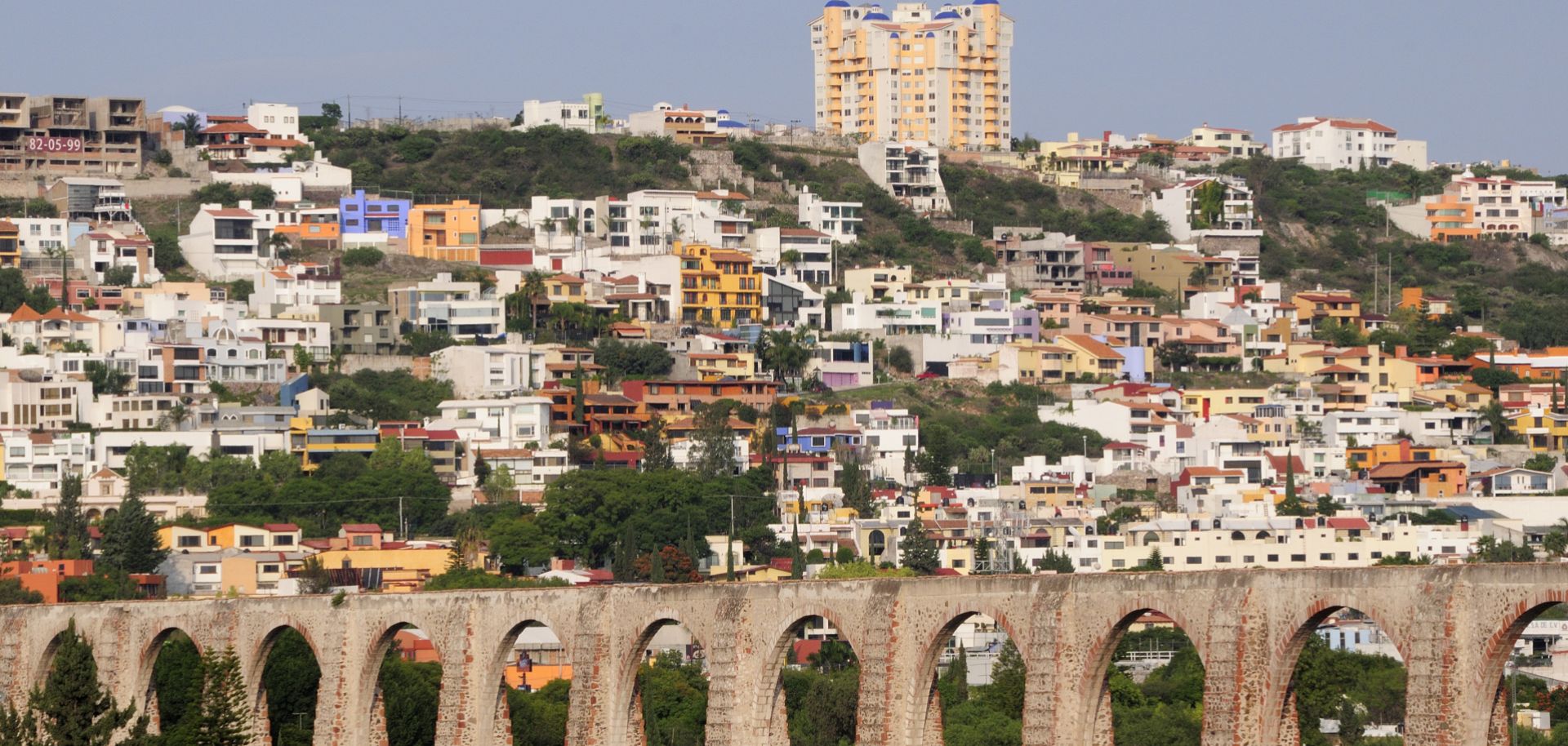
In the late 1980s and early 1990s, Mexico underwent a profound economic and political reorganization. The economy liberalized with the enactment of the North American Free Trade Agreement (NAFTA) and major state-owned companies were privatized, transforming Mexico from a closed economic and political system into an export-oriented industrial economy. As the country's economy has grown, a secondary manufacturing core has emerged in the central lowlands, also known as the Bajio. The Bajio only became attractive to manufacturers after Mexico overhauled its transportation infrastructure. More and more raw materials are coming from Asia, and the majority of automobile exports are moved by rail. Thus, Mexico had to expand its Pacific ports and connect them by rail to the industrial base and to consumer markets.
The Pacific ports of Manzanillo and Lazaro Cardenas are booming accordingly. Lazaro Cardenas, the only port in Mexico that can accommodate post-Panamax ships, is the fastest growing port in North America. In addition, the railways connecting these ports to the United States have become much more efficient since being privatized in 1995. The entire length of the country's railway network has remained at approximately 26,700 kilometers (16,600 miles), but the amount of freight transported has doubled from 52.5 million tons to 108.8 million tons per year. Moreover, companies have moved more freight with far fewer employees.
Geography has benefited the Bajio, as have improved transportation infrastructure, comparatively better security and efforts to attract investment. More manufacturing investment and output will bring Mexico's industrial core closer to Mexico City and populations in need of jobs. Of course, Bajio manufacturing will not replace manufacturing activity along the border, but it gives Mexico an opportunity to develop more evenly and sustainably in the long term.



